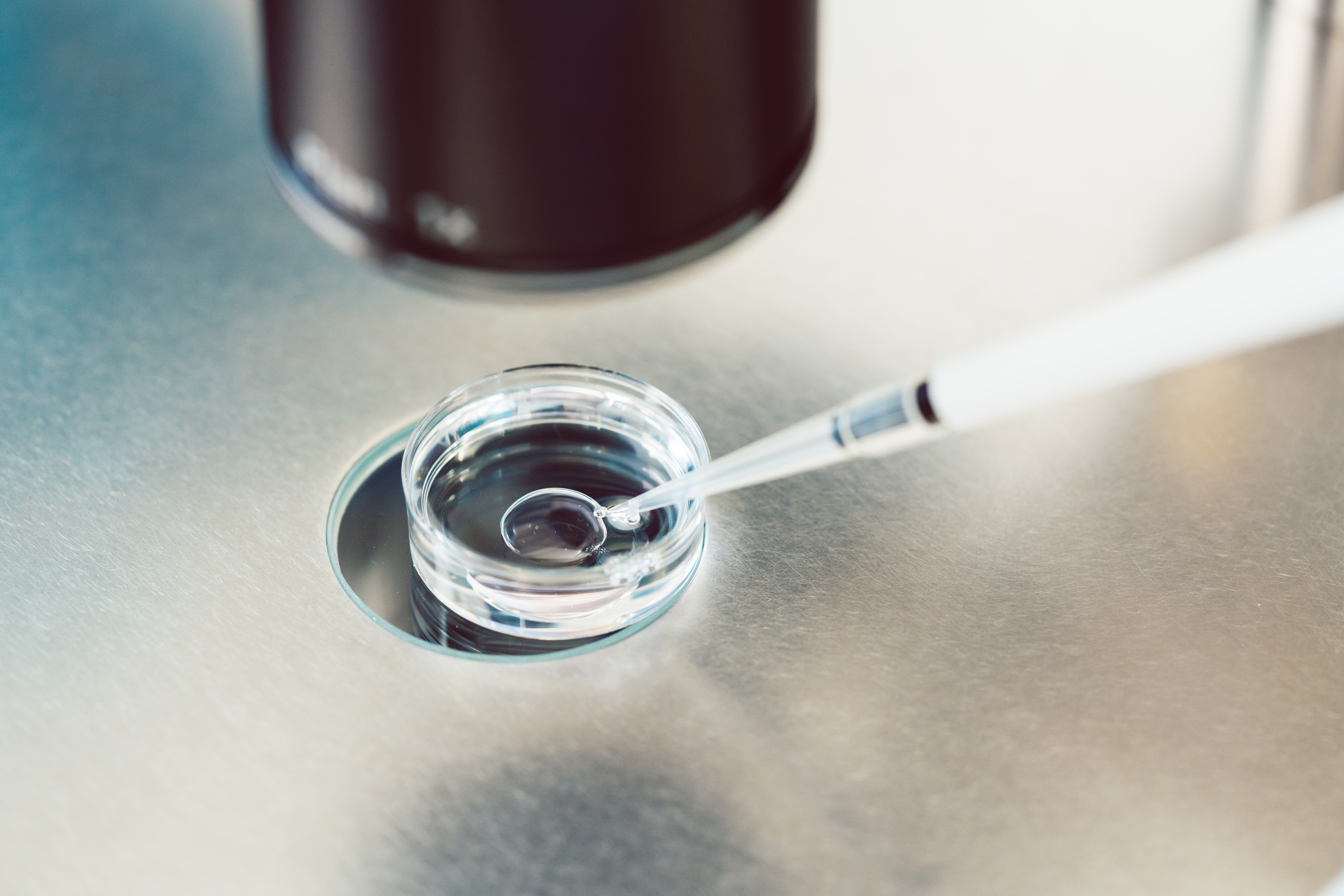The Alabama IVF ruling uses faux scientific language to justify a religious position
By David Sable,
STAT
| 02. 22. 2024
Imagine having 15 miscarriages.
Maybe you can shrug off the first one or two and keep trying to have children, to create a family. But soon every positive pregnancy test brings a sense of dread, of sad inevitability. Your body becomes your enemy.
In 1998, my group at Saint Barnabas Medical Center in suburban New Jersey was part of a team that developed a way to test for a genetic variant called a translocation, a swapping of parts of one chromosome with a different chromosome. For the most part, people with genetic translocations are completely fine; they have all of the same genes as anyone else. The problems arises when their cells have to split their chromosomes to make eggs or sperm, most of which have too much or little of some of the translocated genes. These unbalanced sperm and eggs create unbalanced embryos, which rarely develop past the second trimester.
By using fertility drugs to mature a number of eggs at once and fertilizing all of them, my colleagues and I were able to identify the small number of...
Related Articles
By Katherine Long, Ben Foldy, and Lingling Wei, The Wall Street Journal | 12.13.2025
Inside a closed Los Angeles courtroom, something wasn’t right.
Clerks working for family court Judge Amy Pellman were reviewing routine surrogacy petitions when they spotted an unusual pattern: the same name, again and again.
A Chinese billionaire was seeking parental...
By Sarah A. Topol, The New York Times Magazine | 12.14.2025
The women in House 3 rarely had a chance to speak to the women in House 5, but when they did, the things they heard scared them. They didn’t actually know where House 5 was, only that it was huge...
By Sarah Kliff, The New York Times | 12.10.2025
Micah Nerio had known since his early 30s that he wanted to be a father, even if he did not have a partner. He spent a decade saving up to pursue surrogacy, an expensive process where he would create embryos...
By Carter Sherman, The Guardian | 12.08.2025
A huge defense policy bill, revealed by US lawmakers on Sunday, does not include a provision that would have provided broad healthcare coverage for in vitro fertilization (IVF) for active-duty members of the military, despite Donald Trump’s pledge...




